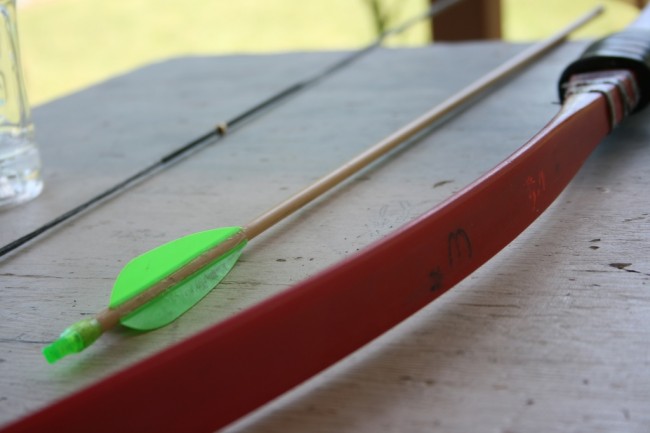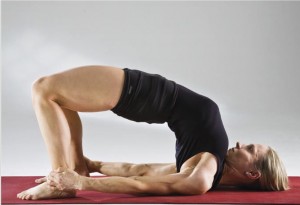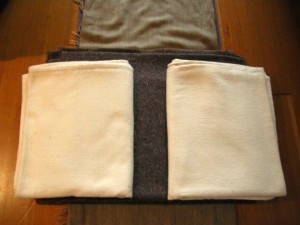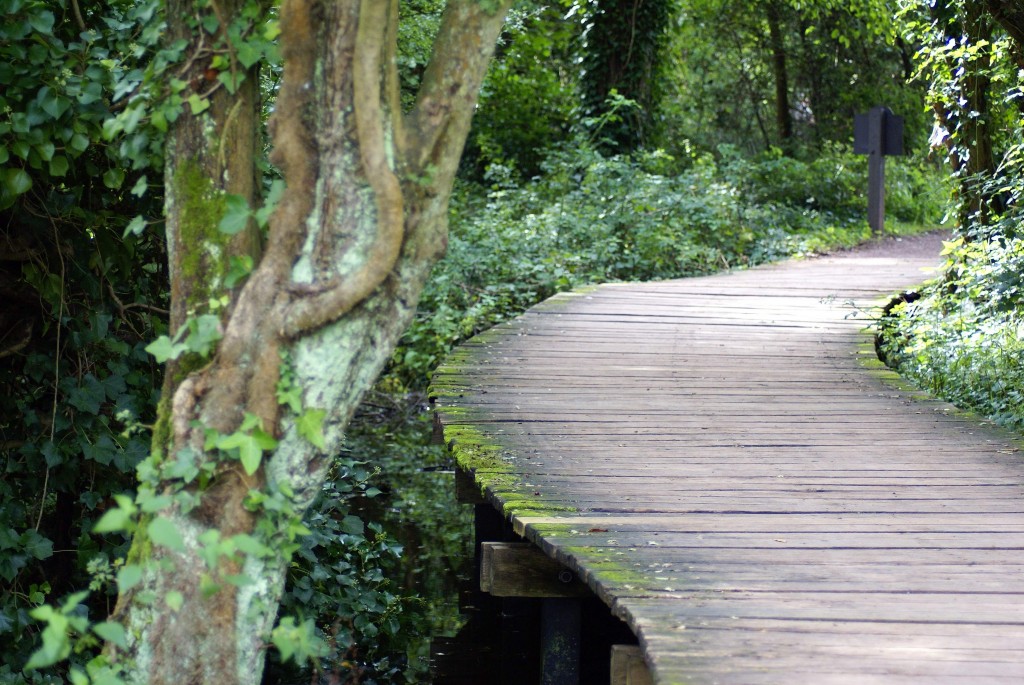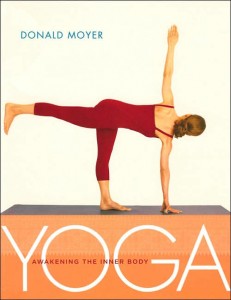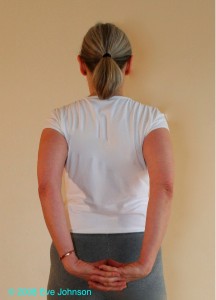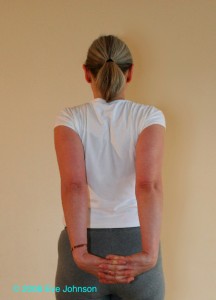In my first dance class, I clung to my mother’s knee, three years old and already deeply suspicious of group activities.
Then Miss Goddard announced “London Bridges” – the full back bend that Iyengar yogis call “upward bow.”
I looked around, saw what it was, lay down and pushed up away from the floor.
I don’t remember it being difficult. I do remember feeling very happy, and no longer afraid.
When I first started doing yoga, 35 years later, I couldn’t have pushed up off the floor to save my life. I don’t remember exactly when that changed, but I know it was at least 10 years into my practice.
Now it’s one of my favorite poses. It still makes me feel happy and brave. And as time goes by, I’m becoming convinced that it’s an essential pose for anyone who intends to walk upright and graceful into old age.
While passive chest openings are useful – they can reverse our forward-bending posture and help us recreate a broad, open ribcage – they don’t build the muscular strength we need to keep us erect and open in our daily lives.
The good news is that you can ease into doing full back bends a bit at a time. And if you do it carefully, you can learn to push up evenly from your arms as well as your legs. That keeps strain out of your lower back, so you’ll be able to go on doing full back bends for as long as you want.
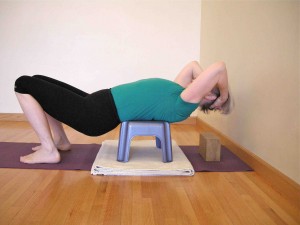
Ease yourself back until you feel the edge of the stool pressing the bottom edges of your shoulder blades.
This preparation, for example, can be done in a restful way, with head support, and if you like, a second plastic stool supporting your hips.
The stool, by the way, is not there to make things easier. (In fact, if you push up easily from the floor using your lower back, you may find that the stool makes it harder.)
What working with the stool teaches us is how to connect with our shoulder blades and to lift up evenly, instead of lifting only from our legs and lower backs.
Here’s how:
Bring the wide edge of a plastic stool about 18 inches (45 cm) from the wall on a non-slip surface.
I have a blanket under the stool to protect the mat. You could also use cut up pieces of old mat.
Place a wood brick between the stool and the wall.
Sit down in front of the stool with your back to the wall.
Slide back so the bottom edges of your shoulder blades rest on the front edge of the stool. Adjust the brick so it comfortably supports your head.
Take your hands to the wall, thumb and index finger touching the floor.
If you can’t get your hands to the floor, place them higher. A tall baseboard can be ideal.
You will notice that your elbows fall out to the sides.
Draw them towards each other.
Then pull your upper arm bones toward your shoulders.
You will feel your shoulder blades pressing into the stool.
Focus your awareness on your shoulder blades.
Experiment with lifting your buttocks higher while taking your tailbone toward the back of your knees.
Imagine lifting up away from the pressure of your shoulders moving into the stool.
Then release.
If you’re ready for more, remove the wooden brick, repeat all the steps, focus on lifting away from the pressure of your shoulders on the stool, and lift up evenly from your arms and your legs.
The first backbend is never as good as the second one. Rest and push up again.
What might go wrong:
You can be too far from the wall:
Then your arms will already be straight, and when you bring your upper arms toward your shoulders, you will not have any strength to press with. Move closer.
The stool slides away from the wall:
This means you are pushing from your hands, not lifting from your shoulders.
Focus on pulling your upper arm bones toward your shoulders and lifting. If all else fails, put the stool on a less slippery surface – small squares made from old sticky mats are ideal.
For an even more relaxing version, put a second stool under your pelvis. Getting in and out is a bit more awkward, but being there takes less work in the legs.
I wouldn’t begin to suggest using this pose as a Five-Minute Yoga Challenge.
You need to warm your body up first, especially if you plan to push up in the pose.
Think standing poses, downward dog, handstand or elbow balance, and back bend in a chair. You might also add one or two of the introductory back bends, such as camel pose (Ustrasana), upward dog or bow pose.
Even if you just want to try working your shoulders against the stool, at least do a chest opening and a long downward dog pose before you get out the props and play.
Photo courtesy of midnightcomm, via Flickr. Studio photos by Mary Balomenos.
If this was your kind of post you might also like:
Move your spine in two directions at once
Four ways the Brahma Viharas can keep you clear
